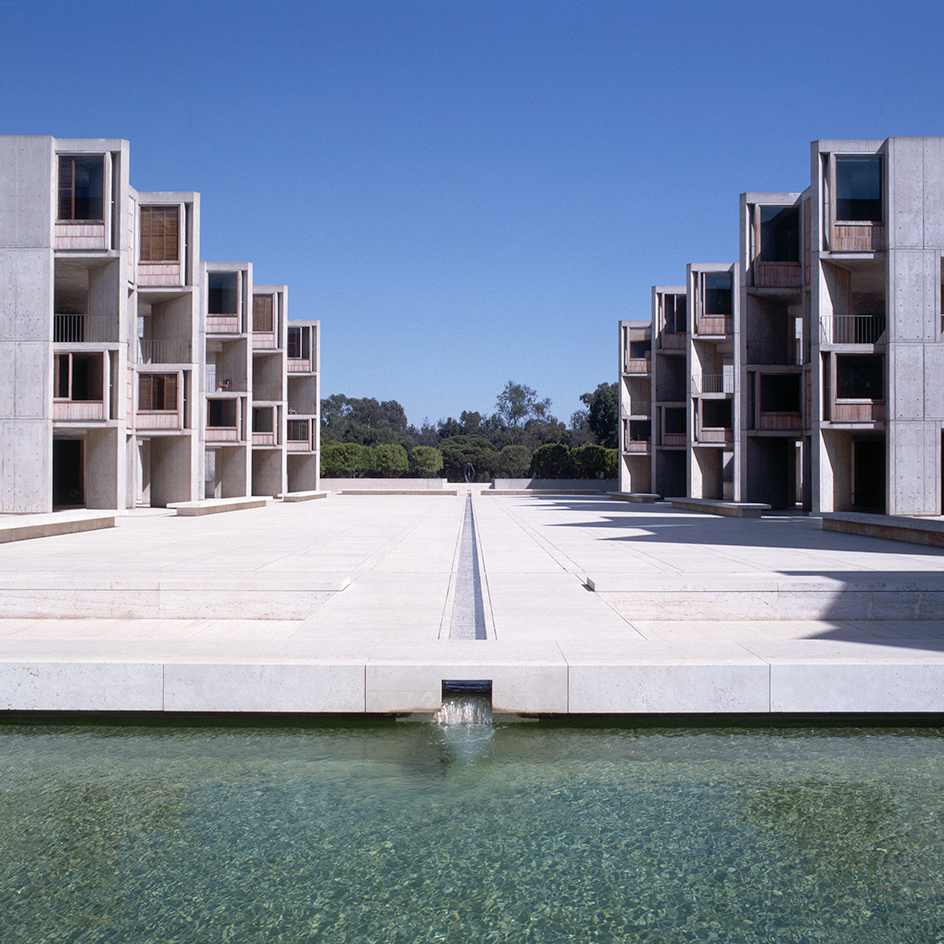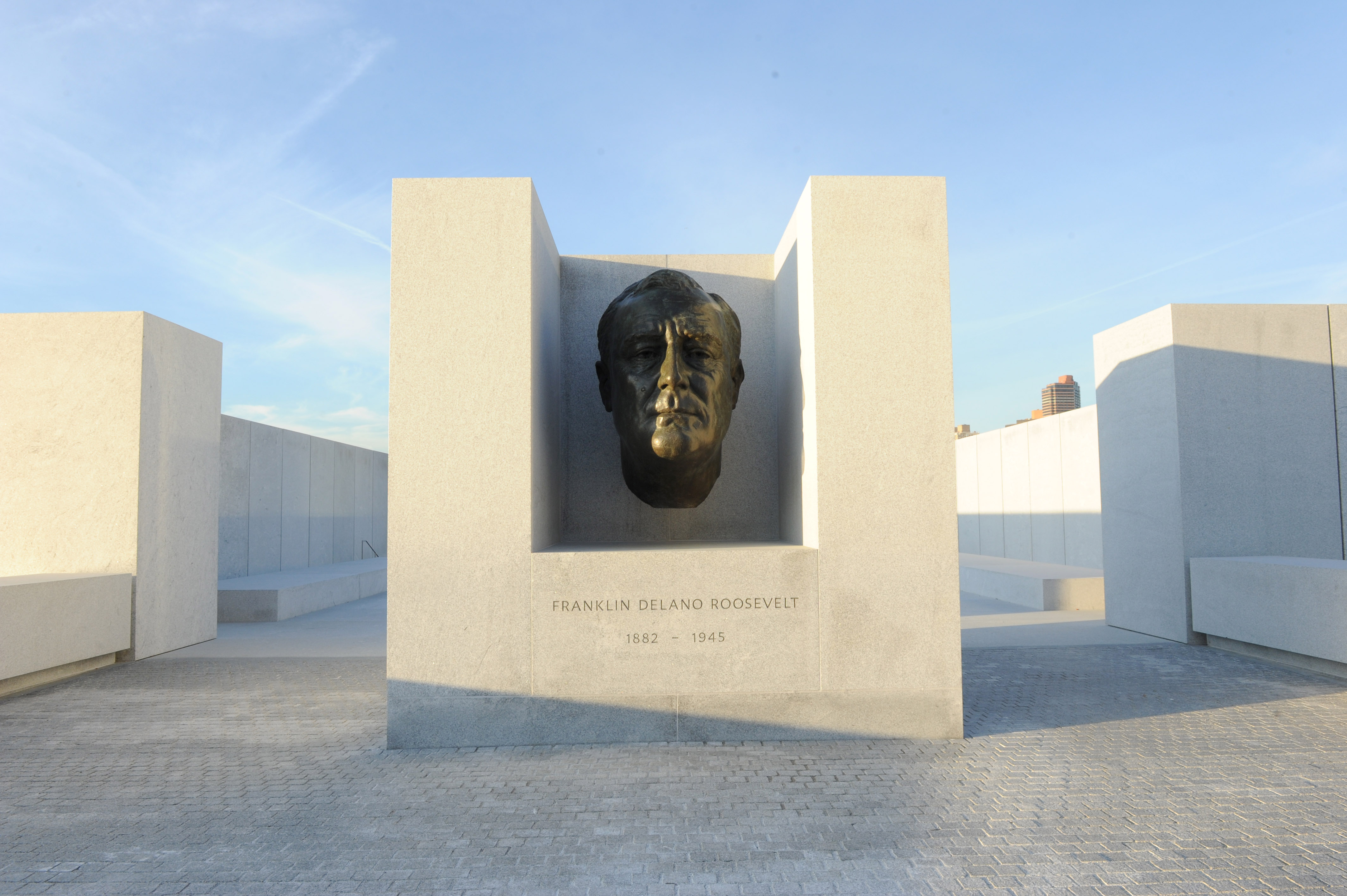Kahn, Louis Isadore (1901-1974), was a major American architect and teacher. He became known for his skillful use of concrete and brick. Kahn developed a theory of “served” and “servant” spaces in a building. A structure’s “served” spaces are areas where occupants live or work. The “servant” spaces are functional areas, such as stairwells and air ducts. Kahn considered the “servant” areas essential to a building’s beauty and creatively incorporated them into his designs.

Kahn’s American projects include the Yale University Art Gallery (1953); the Richards Medical Research Building (1961) at the University of Pennsylvania; the Salk Institute for Biological Sciences (1965) in La Jolla, California; and the British Art Center (completed in 1977, after his death) at Yale. Kahn’s design for the Four Freedoms Park, a memorial to President Franklin Delano Roosevelt, opened in 2012 in New York City. He also designed a master plan for Dhaka, the capital of Bangladesh.

Kahn taught at Yale from 1948 to 1957 and at the University of Pennsylvania from 1957 until his death in 1974. As a teacher, he influenced many architects of the middle and late 1900’s, and his influence continued to grow after his death. His ability to blend historical sources with modern materials is highly influential.
Louis Isadore Kahn was born on Feb. 20, 1901, on the island of Saaremaa, Estonia, and came to the United States in 1905. He died on March 17, 1974. Kahn’s son Nathaniel directed the documentary film My Architect (2003), which explores Louis Kahn’s personal life and achievements.
